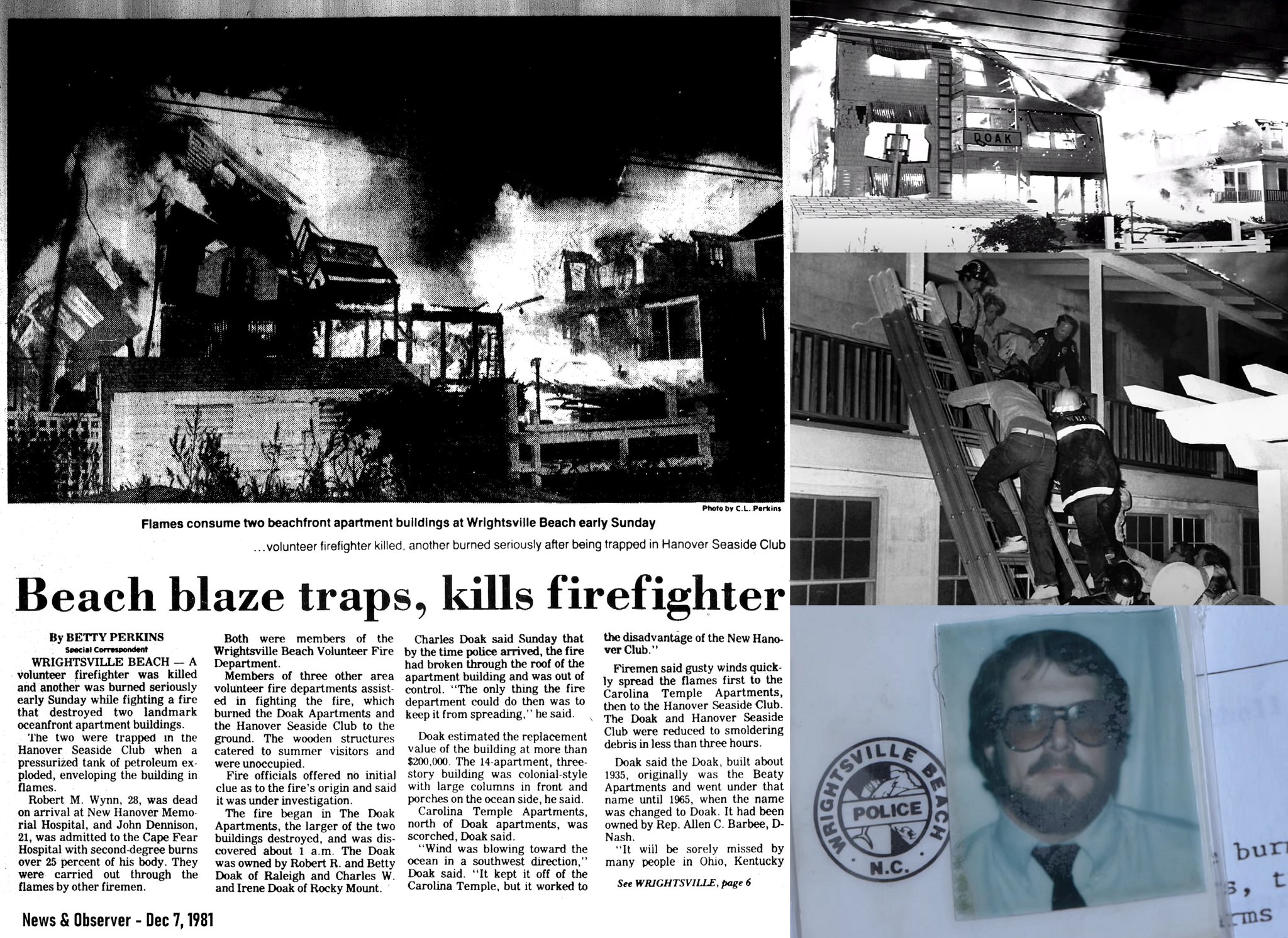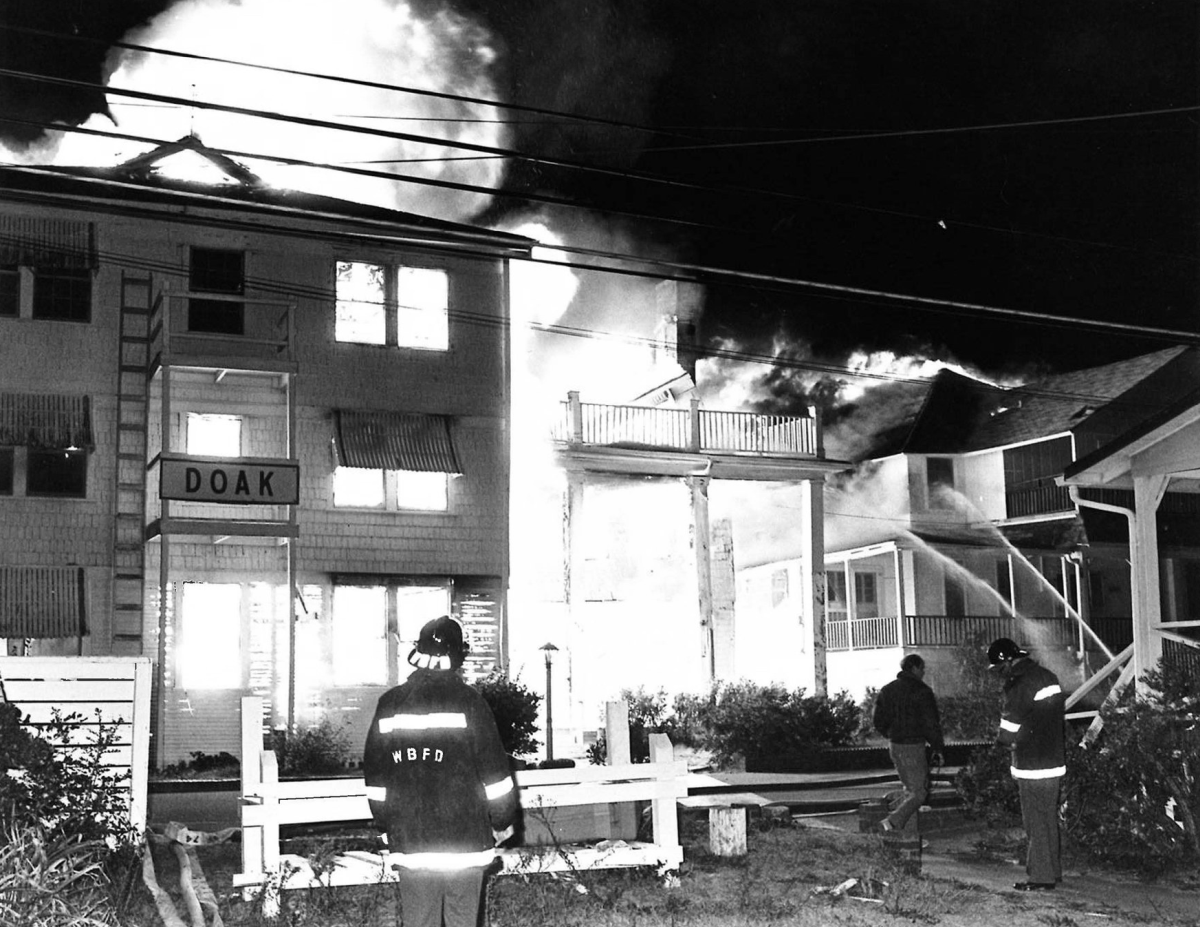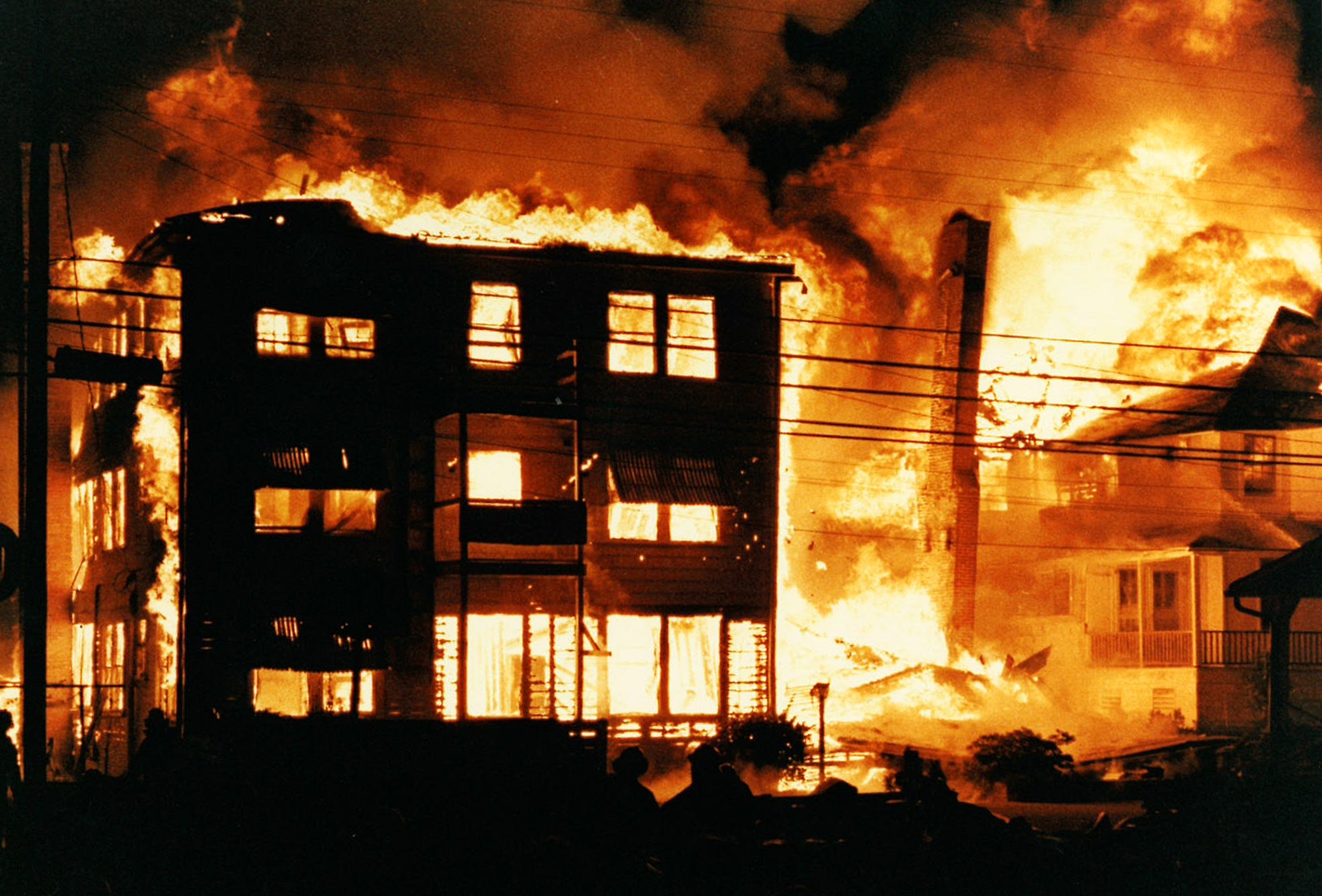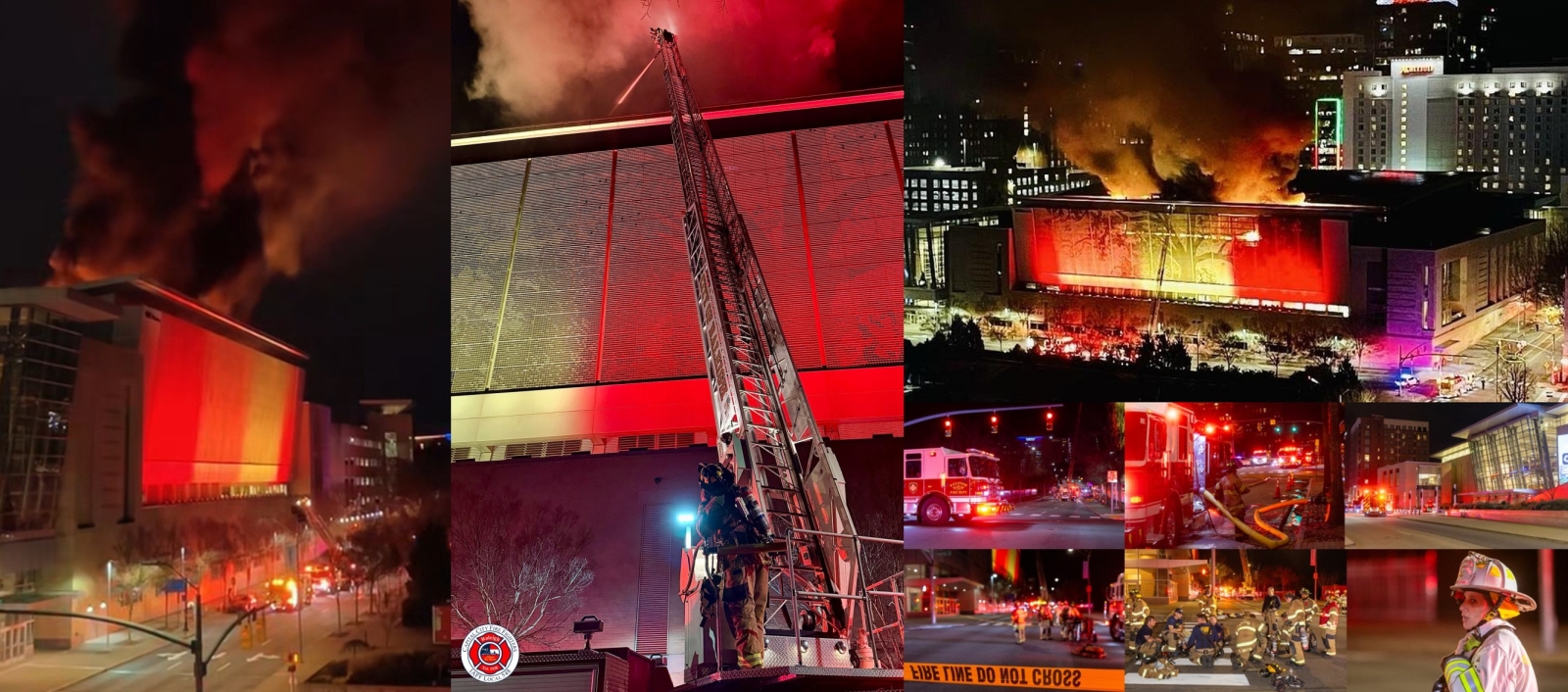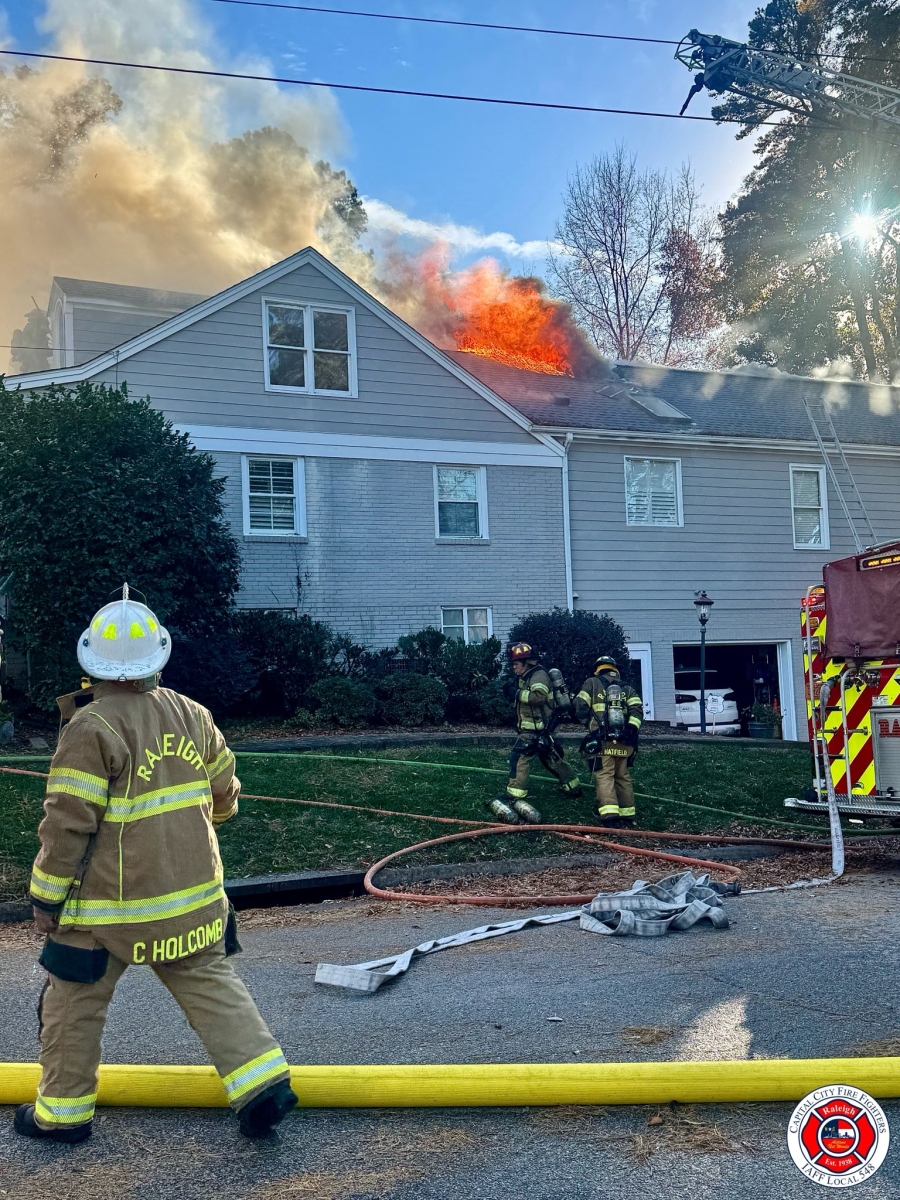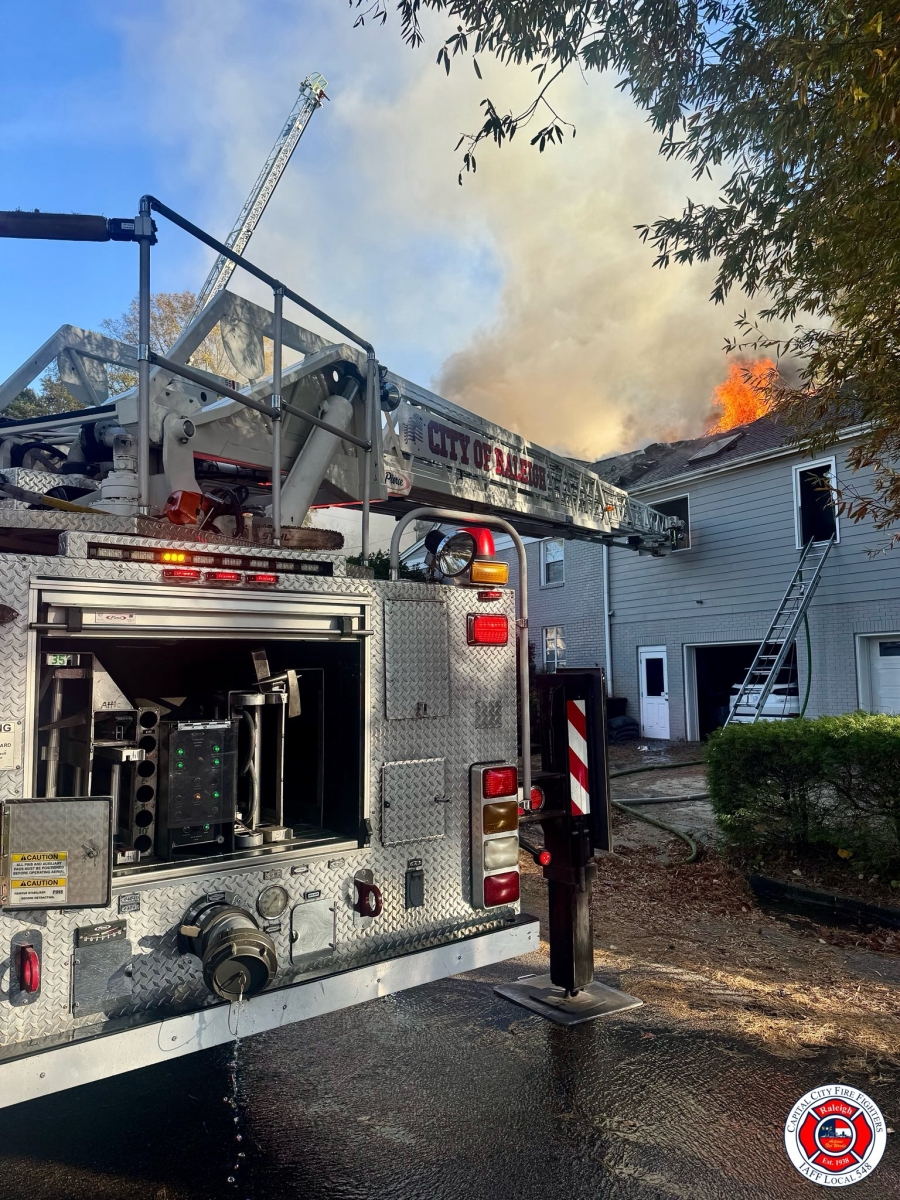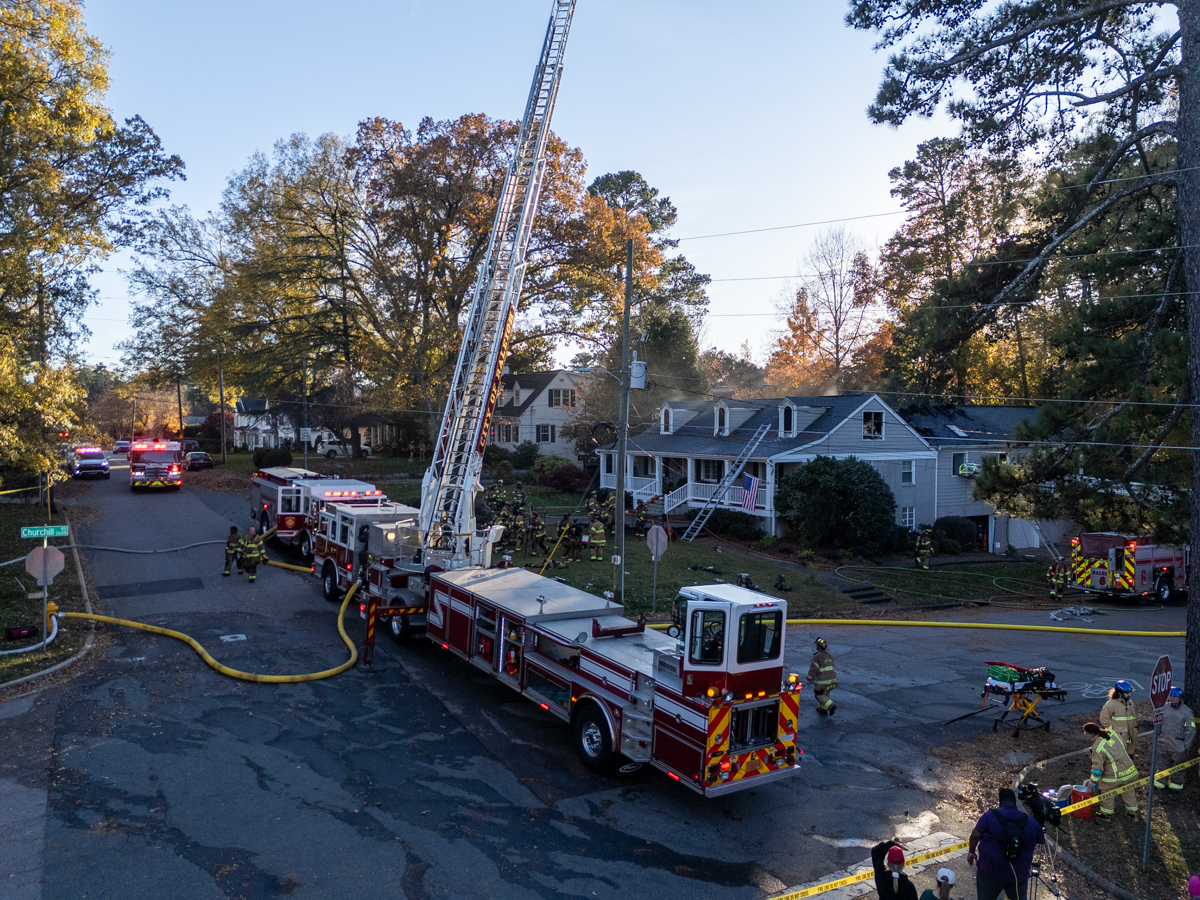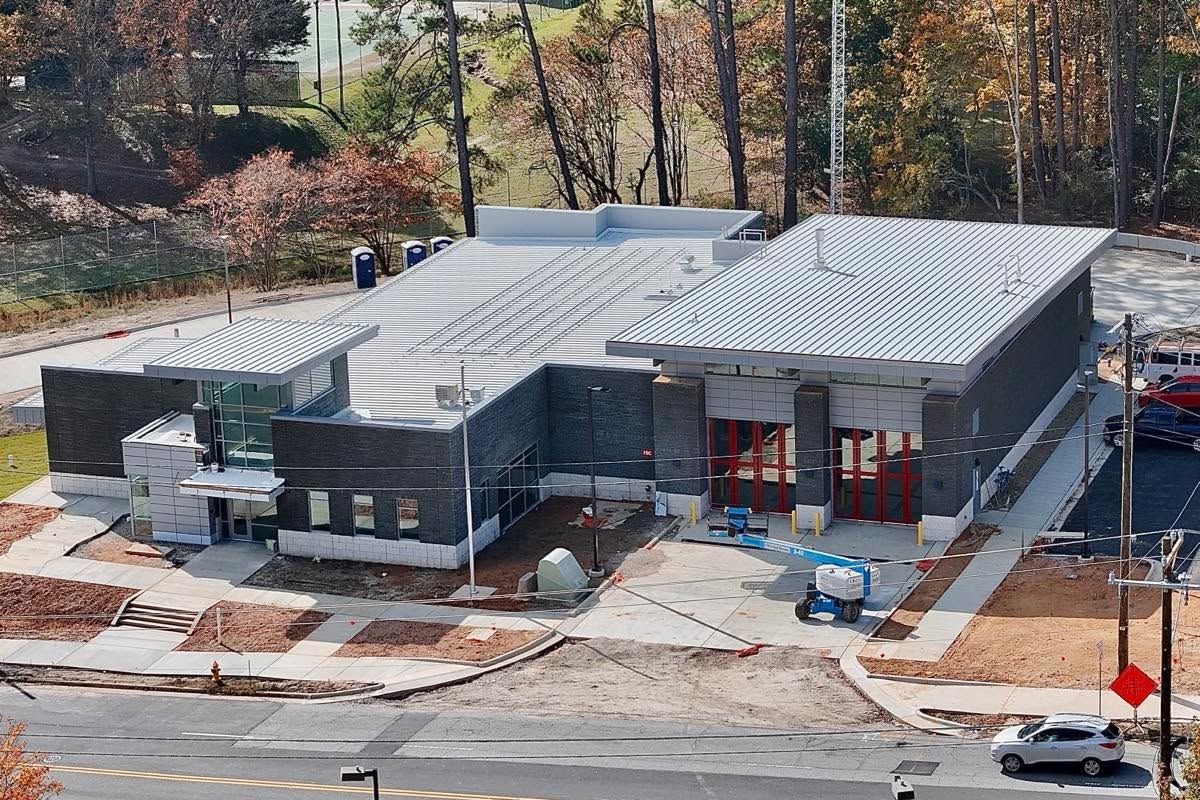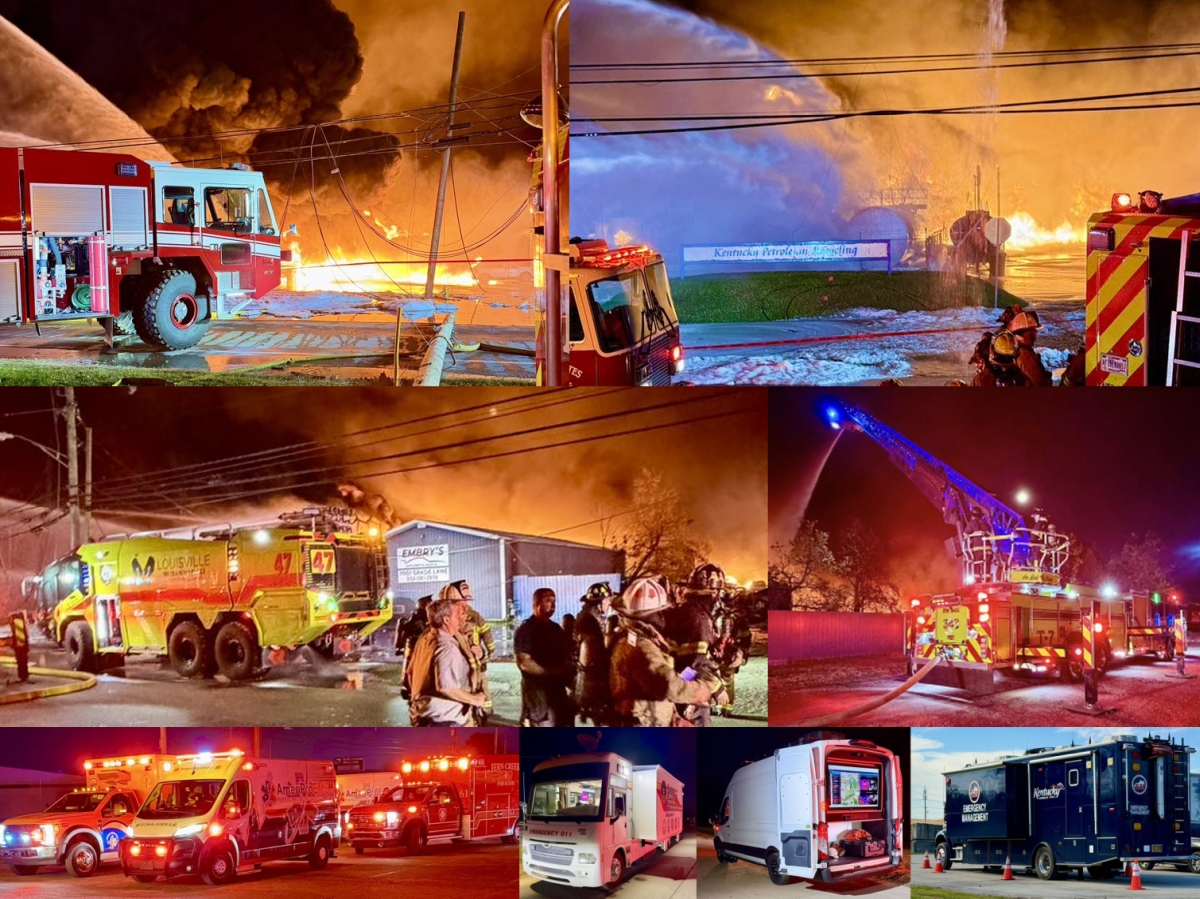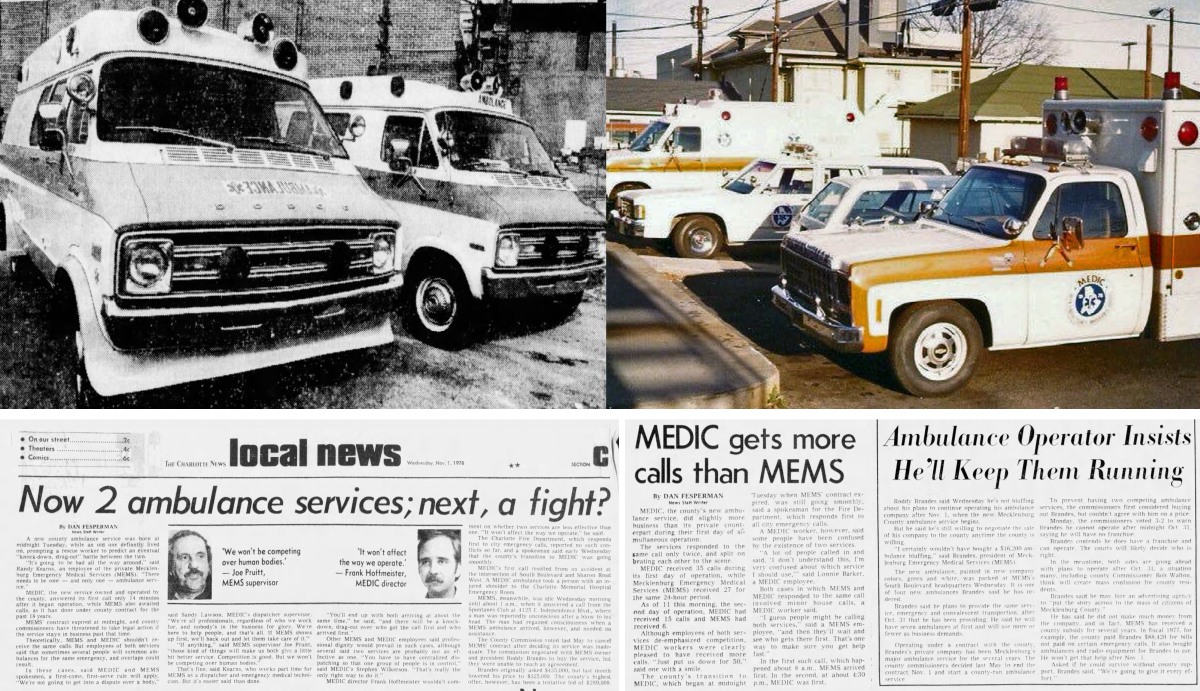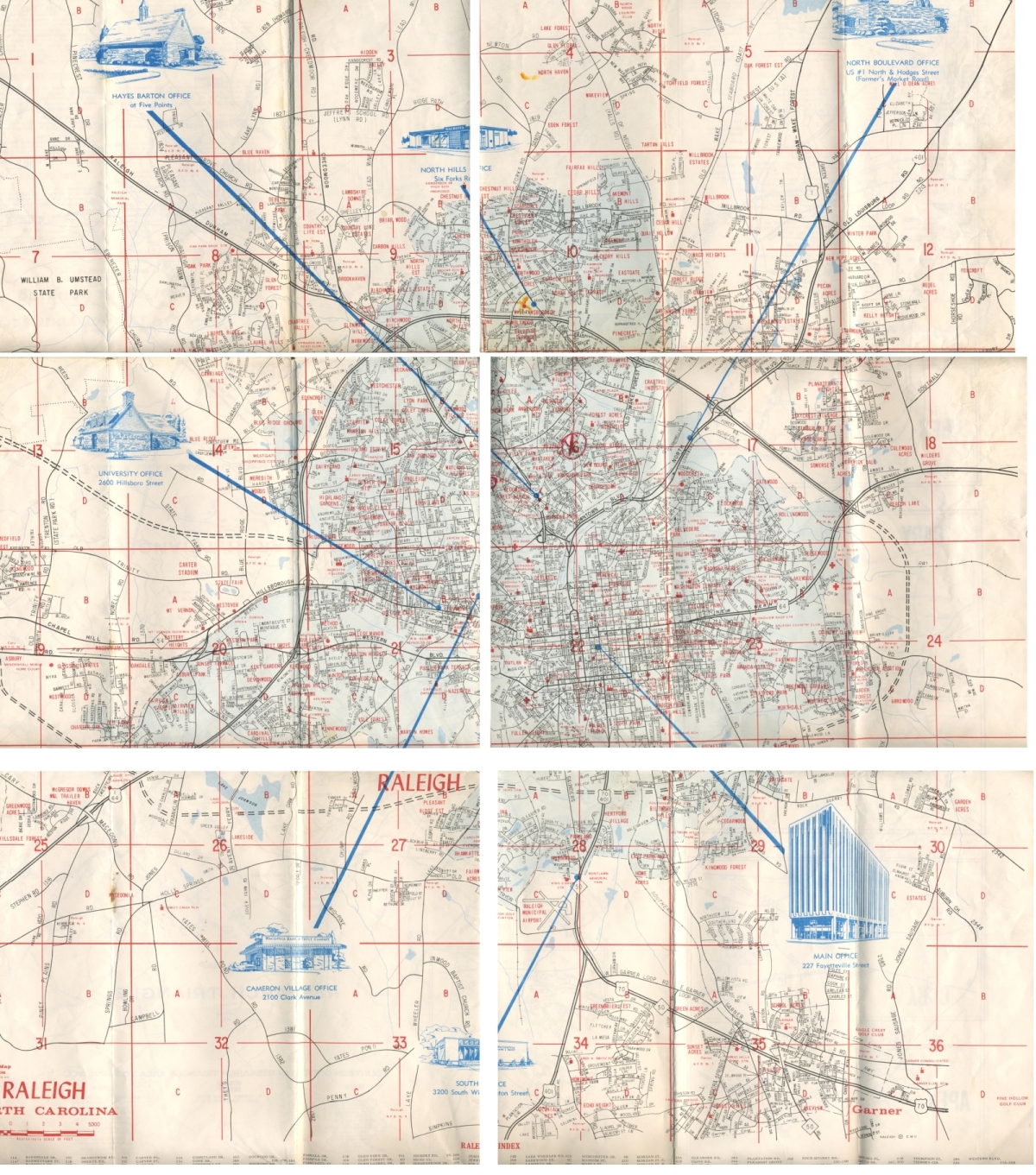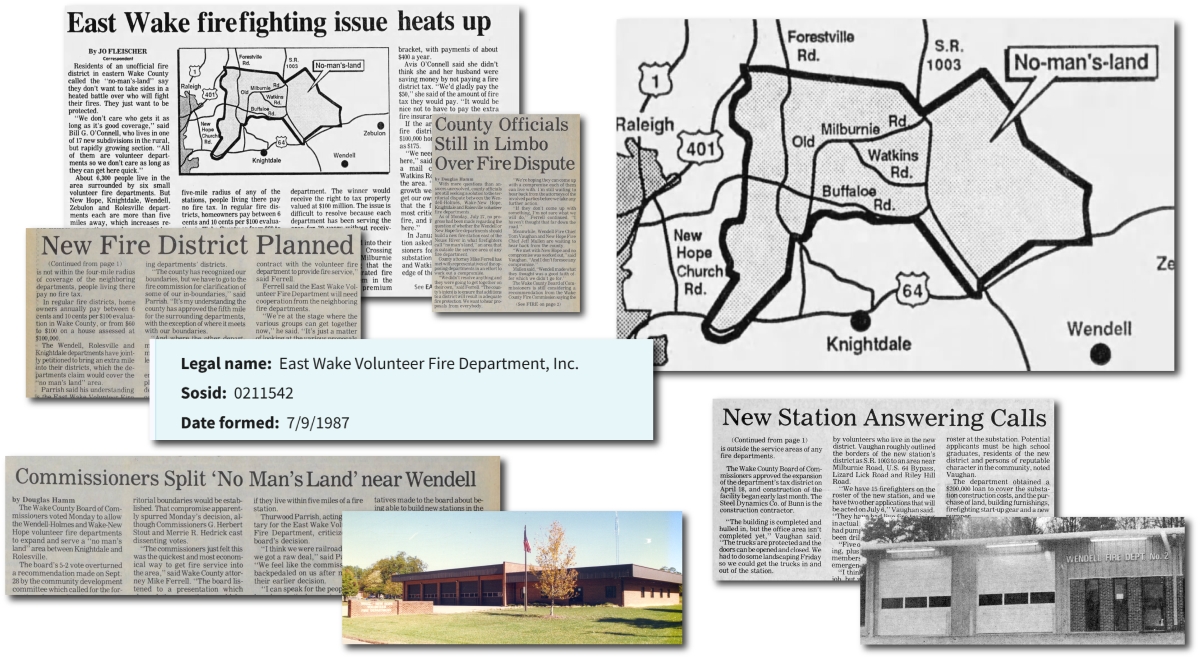This posting is a consolidation and expansion of two Facebook postings and discussion threads from December 2025. See part 1 and part 2.
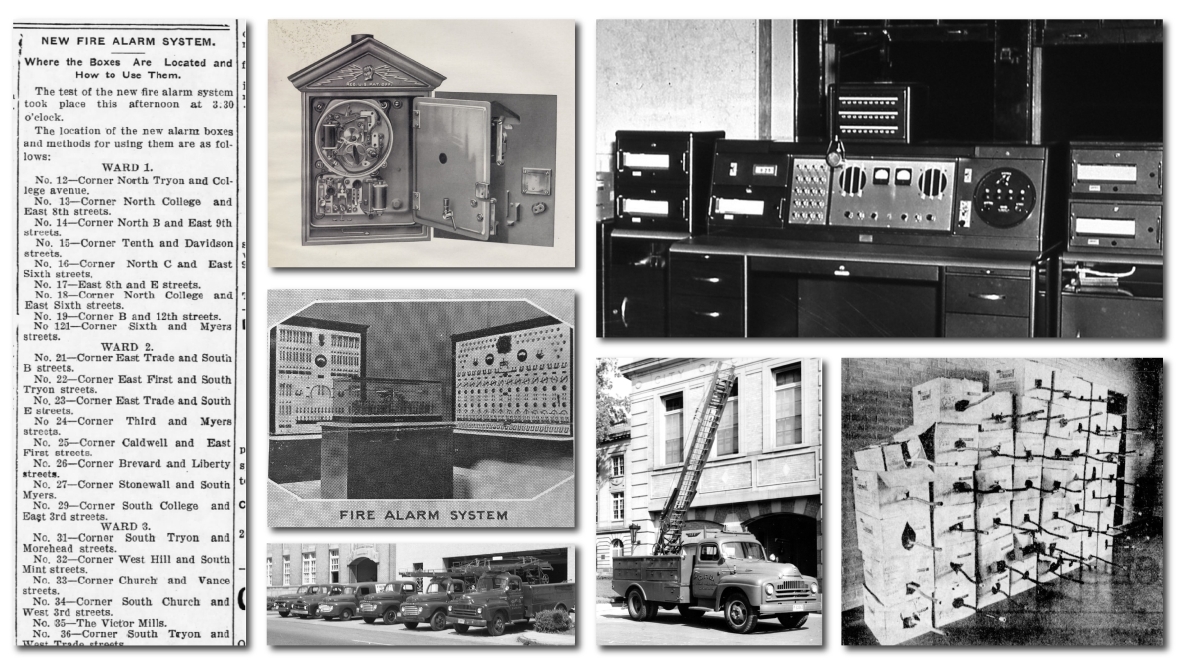 Random notes on the history of fire alarm “street boxes” in Charlotte.
Random notes on the history of fire alarm “street boxes” in Charlotte.
Reference Documents
View list of box locations before 1975 (PDF)
Timeline
Before 1900
1887, Nov – First fire alarm system began operating. Had 47 boxes, each locked, with keys distributed to four closest houses. Each alarm sounded bells in the engine houses, the water works, and bell tower. Each alarm was repeated four times in intervals of 20 seconds. The box numbers were two digits. Additional signals were one bell for test of a line, three bells after an alarm to signal that the fire was out, five bells after an alarm to request more water pressure, ten bells repeated three times for a general alarm. Thomas Edison designed the system and supervised its installation. [CFD, CO, 11/5/87]
1900 to 1929
1901, Oct 10 – Contract signed for new fire alarm system with Gamewell. [CN, 10/1/01]
1901, Dec 30 – New system tested. Had 34 boxes, if counting correctly. [CN, 12/30/01]
1905 – System had 35 boxes. [Sanborn] 1911 – System had 48 boxes with “automatic fire bell” at fire station. [Sanborn]
1929 – System had 144 boxes, fire alarm system at headquarters. [Sanborn]
1930 to 1949
1934, Aug 1 – City’s first Public Works Administration project was completed yesterday. Fire alarm system expanded with 124 new boxes at a cost of $31,000. [CN, 8/1/34]
1940, Aug – National Board of Fire Underwriters submits report with citywide recommendations, including alarm system improvements. They recommend additional boxes be installed so a box is available with 800 feet of “important groups of buildings in residential districts.” Also, boxes in high value districts add a colored light to help locate them at night. Also, that boxes be tested monthly and after electrical storms. Also, that “four telephone trunk lines to the public exchange be reserved for fire calls only.” [CO, 8/18/40]
1950 to 1969
1950, May 23 – New Gamewell, class “A” fire alarm system activated. Changeover from the old system was completed the next day. The $200,000 system had 647 boxes, with 300 more than the former system. It was the “most modern fire alarm apparatus in any Southern city. Said a news release, “the new system includes a completely new central station installation and signal equipment for eight engine houses. Within the next few months the last of 545 virtually foolproof fire alarm boxes will be in operation. These will include 321 of the latest type and 224 old ones completely modernized. All can transmit alarms under such adverse conditions as broken wires or short circuits.” Continued, “one of the unique features will be the first municipal installation of Gamewell voice recorders. These will permanently transcribe all voice signals that come into central station, including telephone, radio, and loud-speaker communications.” [CN, 5/25/50; CFD]
1958, Mar 12 – City ordnance passed authorizing $134,000 in bonds for enlarging and extending the fire alarm system. [CN, 3/17/58] The expansion was needed/related to the expansion of the city limits, which took effect on January 1, 1960. [CO, 6/22/58] An estimated 300 alarm boxes were needed for the new area. [CN, 2/18/58]
1967, Sep 24 – Shown in a newspaper article were 51 new “street boxes” sitting on the floor of Fire Station 16 on Park Road. The boxes had not yet been installed because the CFD lineman who would install them had been otherwise working on the Festival in the Park for the past two weeks. The new boxes were ready for installation in suburban areas, including Beverly Woods, Sharon Colony, and sections of Huntington Farms and Starmount. But said Fire Chief Walter Black, the festival didn’t have anything to do with the delay in installing the boxes. “Everything’s ready. All we have to do is put the boxes in.” [CO, 9/24/67]
1967 – Snapshot. Charlotte had about 1,000 alarm boxes and 500 miles of alarm system wire. It was maintained by seven lineman in CFD. [CO, 9/22/67]
1969, Apr 12 – Newspaper story. City has proposed shutting down the “auxiliary fire alarm system,” which 131 businesses used. When a sprinkler system was activated, an alarm was transmitted to the nearby street corner box. A proposed ordnance would prohibit new connections to the system, and require businesses to install their own systems, such as by companies like American District Telegraphic (ADT) company. The high cost of system maintenance was the cited reason. [CO, 4/12/69]
1970 to 1983
1971 – CFD received an estimated 2,000 false alarms that year. [CO, 6/6/72]
1972, April – CFD began removing boxes from areas with high false fire alarm rates. By 1978, they had removed 498 boxes from residential areas. [CN, 1/2/74, 5/16/78]
1972, Jun – Snapshot. charlotte had about 975 alarm boxes. [CO, 6/6/72]
1972, Jun 6- Newspaper story, “What is the solution to false fire alarms?” During the first four months that year, 772 fire alarms were reported from alarm boxes, and 634 were false alarms. Also, 90 of the 1,347 telephone fire alarms during the first four months were false. Each false alarm cost taxpayers a minimum of $200.
1972, Jun 19 – Newspaper story. CFD is considering removing alarm boxes from several areas after a “heavy weekend run of false alarms” along with the destruction of two alarm boxes. Total of 44 false alarms were received between 7 p.m. Friday and 3 a.m. that Monday, with 33 coming from alarm boxes. From the Plaza area came a “rash of 15 false alarms” on Monday morning. The “box smashings” were the first in 30 years, said the fire chief. Since January 1, 80 percent of all box alarms had been false. [CN, 6/19/72]
1972, June 30 – For last 12 months, CFD answered 6,216 calls, with 2,319 coming from alarm boxes. Of those, 2,319 or 82 percent were “unlawful.” [CN, 1/2/74]
1973, Sep – Fire Chief Jack Lee noted that boxes had not been installed in residential sections for nearly two years because there are so many phones. The boxes were originally placed in locations were phones were scared. And the boxes were being phased out except in downtown, where offices were closed at night, and in other business and industrial areas. [CO, 9/26/73]
1973 – Calendar year? Fiscal year? Out of 1,987 alarms from boxes, 1,633 or 82 percent were false. [CN, 5/16/78]
1974, Jan 2 – Newspaper story. False alarms in November 1973 dropped 40 percent since CFD started removing boxes from “areas plagued with false alarms.” Since April 1972, they had removed 73 boxes, said John R. Klein, “superintendent of fire alarms.” [CN, 1/2/74]
1975, Oct 29 – Newspaper article about upcoming city auction that will include fire alarm boxes. [CH, 10/29/75]
1977, Apr 6 – Fire Chief John Lee said in a presentation they were phasing out the 777 fire alarm boxes because they caused too many false alarms. The fire museum would get “first dibs” and the rest would be auctioned off for about $10 to $12. [CO, 4/6/77]
1977 – Calendar year? Fiscal year? Out of 1,109 alarms from boxes, 753 or 68 percent were false. Also, about 460 false alarms were reported by telephone. [CN, 5/16/78]
1978, Feb – That month, there were 36 false alarms from boxes. [CN, 5/16/78]
1978, May – News reported that CFD was phasing out boxes, which were expensive to maintain. And they were the source of 62 percent of false fire alarms in 1977. More than 800 (or more likely 200, one official citing a typo) had been removed during the past two years. [CN, 5/16/78]
1978 – City council donated several hundred old boxes to the Charlotte-Mecklenburg Fire Museum. [CN, 11/10/79]
1979 – As a fundraiser, the fire museum gave away the old alarm boxes in exchange for a contribution of at least $25. [CN, 11/10/79]
1983 – In May and September, newspaper advertisements were run for “fire alarm boxes for sale, poor condition, $25 each” from “Fire Department Supply, 1200 Otts Street.” [CN, 5/20/83 + others ]
